Charley Horse emerges when your muscles, ordinarily in the legs or calves, experience strong pain due to sudden tightening. It can surface for multifaceted factors, such as muscle fatigue, devoid hydration, or inadequate stretching before engaging in physical activity. The muscle contracts fast and dynamically, causing pain that ranges from benign to intense. These Charley Horse instances customarily emerge during demanding physical activity or afterward, or when the muscles are overworked without sufficient rest.
The exact origin of Charley Horse is not fully charted. Still, it appears to encompass a void of balance in electrolytes, like potassium and calcium, which are decisive for muscle contraction and relaxation. Likewise, poor circulation or compressed nerves can end up in muscle twitching. Persons who routinely repeat specific movements or activities that exhaust their muscles may be more in jeopardy of experiencing Charley Horse.
When you obtain Charley Horse, the muscle customarily has a formidable cramp phenomenon that causes pain. This discomfort may last only a few seconds or carry on for several minutes. At times, the muscle gets stiff or appears to have lumps. The potency of pain varies; depending on the severity of the muscle contraction, it may be a mundane dilemma or a dramatic experience.
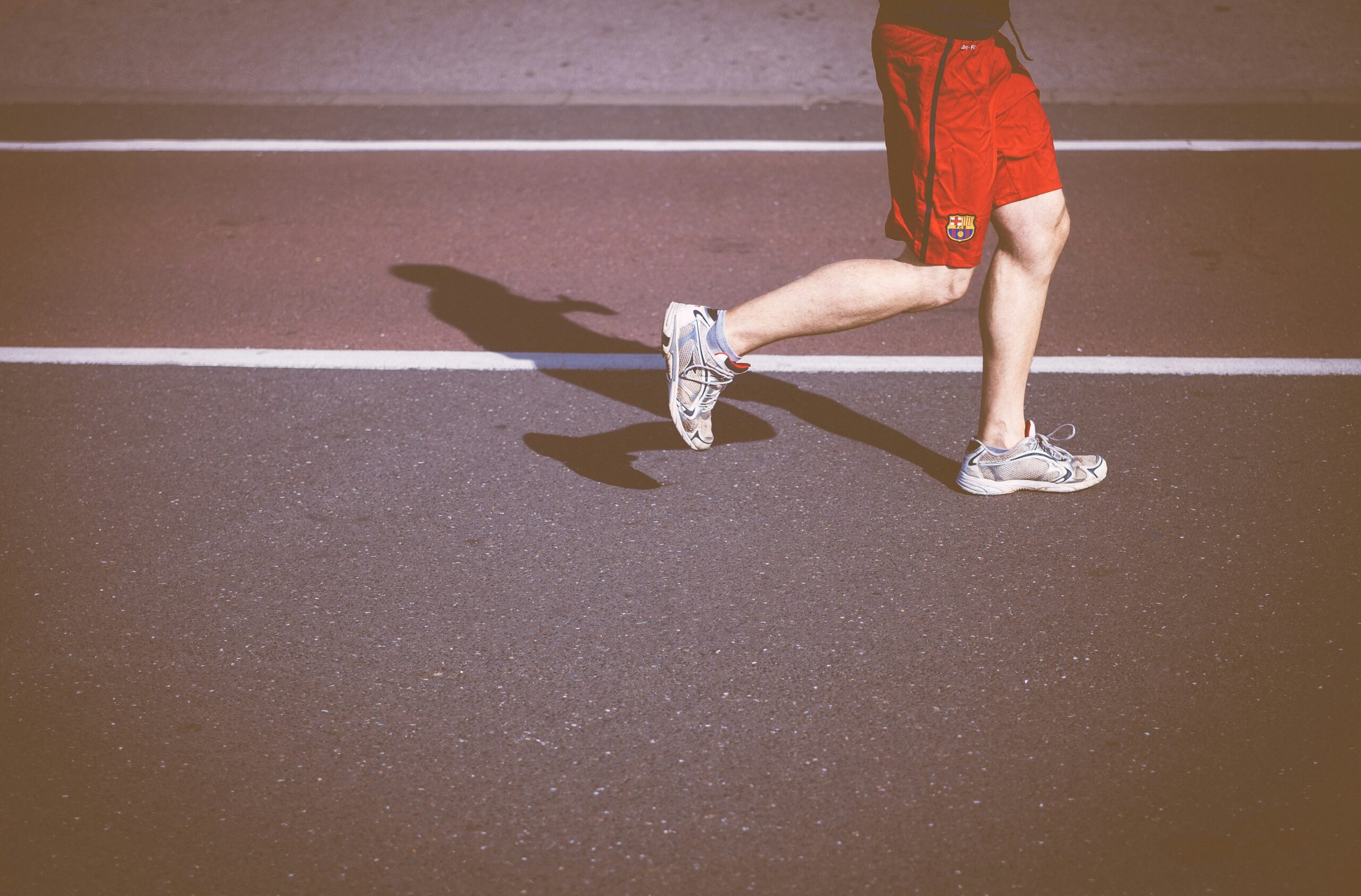
A plethora of people are familiar with Charley Horse as it surfaces frequently. The rhythm of occurrences can vary depending on age, degree of physical activity, and holistic health status. While the figures can vary, research indicates that plenty of people deal with Charley Horse at some point. It is found that up to 60 percent of adults may suffer from muscle cramps like Charley Horse, and certain clusters of entities are more in jeopardy than others.
As individuals age, they typically experience an increase in Charley Horse incidents due to decreased muscle mass, reduced flexibility, and possible health issues. What's more, those engaged in high physical activities or manual labor![]() , such as athletes and workers, may suffer from notorious muscle cramps encompassing Charley Horse because their muscles undergo repeated use and strain.
, such as athletes and workers, may suffer from notorious muscle cramps encompassing Charley Horse because their muscles undergo repeated use and strain.
On top of that, certain indispositions and medications can elevate the jeopardy of experiencing Charley Horse. Issues such as arterial maladies in peripheral body zones, elevated blood sugar levels, and disorders affecting nerves can modify nerve function and blood circulation. Muscle cramps become more accessible to experience—similarly, drugs such as diuretics that plummet electrolyte levels may contribute to some persons obtaining Charley Horse.
Charley Horses can surface for multifaceted reasons, such as muscles becoming fatigued, a void of water in the body, or an imbalance in minerals. Muscles overworked or tired may spontaneously contract more readily, causing the problematic phenomenon known as Charley Horse. If a person does not stretch enough![]() before initiating physical activities, their muscles can become more tense, and they may experience heightened cramping.
before initiating physical activities, their muscles can become more tense, and they may experience heightened cramping.
Not consuming a decent amount of water plays a critical role in Charley Horse, ending up in an electrolyte misproportion encompassing components such as potassium and calcium. These minerals are key for the optimal functioning of muscles; so muscles may begin to spasm or experience cramps when there is an imbalance. Therefore, staying adequately hydrated is valid for dodging Charley Horse.
On top of that, certain medical indispositions and medications can heighten the threat of obtaining a Charley Horse. Conditions such as diseases of the blood vessels in the legs, diabetes, and neurological disorders can modify nerve signaling and blood flow to muscles, which may result in more frequent cramping. Similarly, drugs like water pills that make the body get rid of liquid can disorganize electrolyte balance and cause muscles to twitch.
Muscle fatigue and excessive usage ordinarily lead to Charley Horse, particularly during intense physical tasks or long muscle activity. When you push muscles beyond their capacity, they may react by involuntarily contracting and triggering discomfort. Thus, to dodge Charley Horse, it is expected to be careful when exercising and ensure ample time for rest and recovery.

Charley Horse shows different signs, with the main one being a quick and robust muscle spasm that usually happens in the legs, mainly in the calf muscles. These spasms can start suddenly and feel uncomfortable or very painful. They make moving hard and temporarily reduce how much you can use your leg.
People who have Charley Horse might say they feel a powerful and tight feeling in the muscle involved. When this happens, the muscle can become complex and bumpy because it contracts without control. The time for how long the muscle squeezes can change; it may last a few seconds or go on for many minutes, and sometimes, these squeezes happen again without any pattern.
Besides the intense muscle cramp pain, people might feel continuous tenderness or rigidity in the muscle once the spasm is over. How long this remaining unease lasts can be for many hours or some days, and it varies based on how bad the cramp was and things like personal muscular health and general well-being.
Additionally, Charley Horse can have muscle cramps that look or feel like tightening muscles, showing that there are more times when muscles move without control. These movements that happen on their own could make the pain worse and lead to feelings like worry or upset when they occur.
Medical professionals typically examine the patient's medical history, symptoms, and physical evaluation to determine whether they suffer from Charley Horse.
They usually initiate this process by posing numerous inquiries to ascertain the frequency of the muscle cramps and their duration and intensity for the affected person. Additionally, they may inquire whether any current health problems, medications being used, or recent physical activity might be connected to the Charley Horse happening.
During a physical examination, physicians might inspect the painful muscle to observe whether it's sensitive, inflamed, or showing unusual movements. If they apply pressure on this muscle, there may be pain or a sensation of extreme tightness due to muscular spasms. They might do movement tests to check if your muscles are stiff or malfunctioning due to Charley Horse.
Doctors may request tests such as blood examinations or internal scans to confirm that muscle spasms do not result from other medical issues. These tests can measure vital minerals, such as potassium and calcium, essential for proper muscle function. Doctors could also use ultrasound or MRI![]() to examine muscles and bones for any strange shapes that might cause Charley Horse.
to examine muscles and bones for any strange shapes that might cause Charley Horse.
Furthermore, electromyography, also known as EMG in its short form, is a method to inspect the electrical activities within muscles—this provides essential insights into the reasons behind muscle spasms. In EMG examinations, they put tiny electrodes on the skin surface to track muscle activities and detect any nerve signal transmission or muscle operation issues.
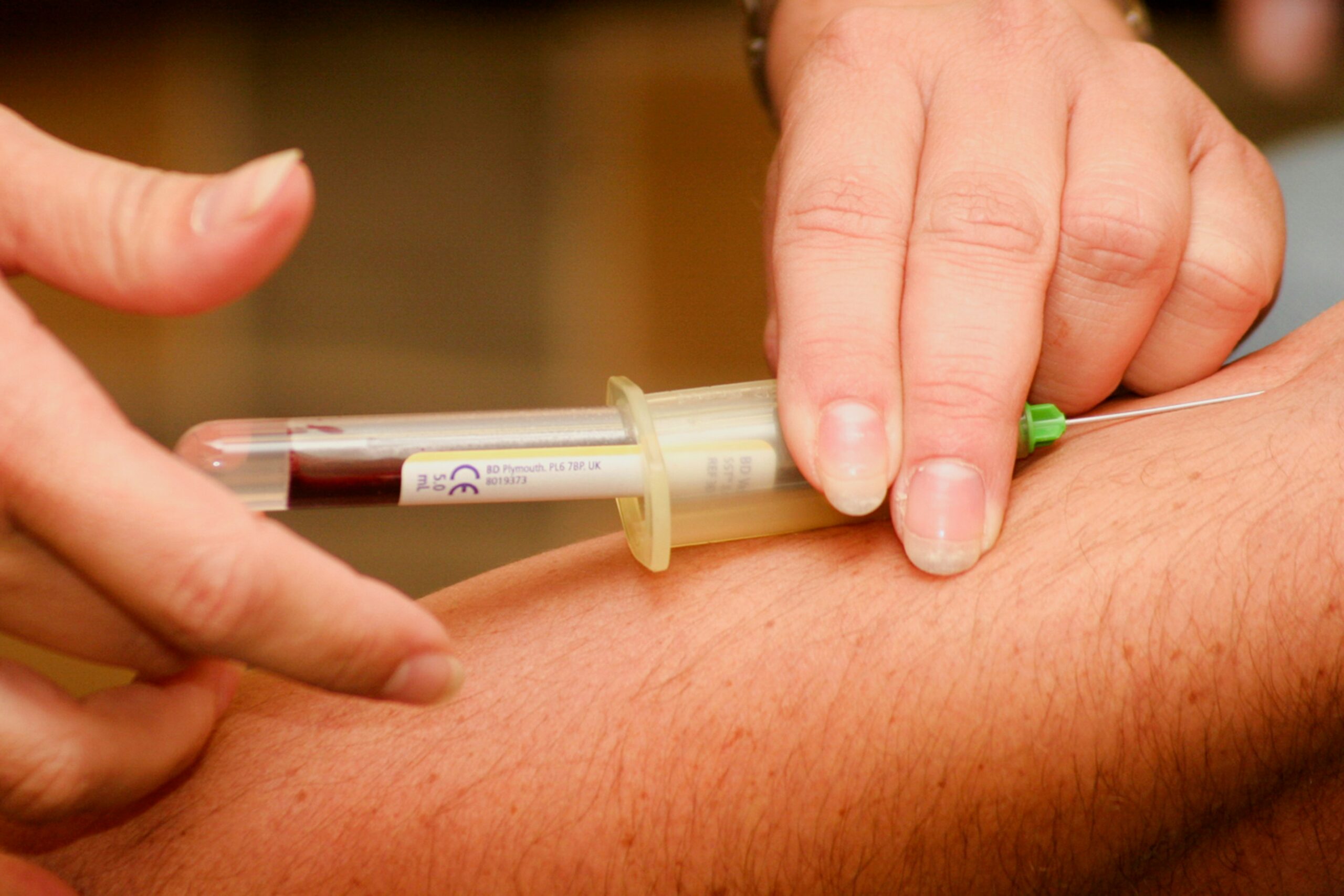
To handle Charley Horse, you usually use methods yourself and sometimes get help from a doctor to reduce muscle tightness and relieve pain.
Slowly stretching the muscle in trouble helps it relax and makes it less stiff. When you do stretching exercises, it is good to stretch slowly and not make fast movements because quick motions might worsen muscle cramps.
Putting warm or cold things on the sore spot may reduce swelling and improve Charley Horse's pain. Warmth, such as hot towels or heating pads, can relax tight muscles and help more blood move to that area. Instead, ice packs or cool bags![]() may help numb the area and lower swelling.
may help numb the area and lower swelling.
Moreover, softly rubbing the painful muscle can make it less stiff and create a feeling of calmness that helps ease the Charley Horse symptoms. However, it is essential to be careful when massaging to prevent worsening twitches or increasing muscle pain.
Doctors might suggest non-prescription pain medications like ibuprofen or acetaminophen to help with the pain from Charley Horse. These drugs lessen inflammation and improve muscle aches, making it easier for people to return to their usual tasks.
For more challenging situations of Charley Horse or when muscle cramps keep returning, doctors might prescribe medicine to relax muscles or different solutions to stop the cramping. This helps lessen pain and avoid other problems. These medicines work where the tightness in muscles starts, making them less stiff and easing muscle strain.
It's essential to deal with the primary reasons for Charley Horse, meaning there is not enough water in the body or minerals are out of balance. To handle this right, someone should drink a lot of water and eat things with a lot of potassium and calcium so the body has good levels of minerals and less chance for muscles to cramp.

To overcome Charley Horse, focusing on relaxing the spasming muscle and lessening associated pain is key. Tactics may consist of:
Physician experts may prescribe over-the-counter pain relief or medication for more dramatic situations to ease muscle tension and tackle discomfort.
The future forecast for Charley Horse is customarily reassuring, and ordinarily, it improves by itself or with basic countermeasures![]() . Individuals who occasionally suffer from muscle cramps, such as Charley Horse, customarily find relief through self-care tactics like stretching exercises, elevating their water intake, and confirming they sleep well. Ordinarily, such instances do not cause long-term effects and do not incite formidable health problems.
. Individuals who occasionally suffer from muscle cramps, such as Charley Horse, customarily find relief through self-care tactics like stretching exercises, elevating their water intake, and confirming they sleep well. Ordinarily, such instances do not cause long-term effects and do not incite formidable health problems.
How we see this matter may shift depending on features such as the origins behind muscle cramps, their frequency and potency, and the entity's overall health. Should an individual repeatedly suffer from strong Charley Horses, medical staff should examine them to unearth if there's an underlying condition contributing to these cramps.
Occasionally, chronic maladies such as obstructed arteries in one's limbs, diabetes, or nerve matters may elevate one's chances of experiencing repeated and formidable muscle cramps. Recovery from these Charley Horse instances may hinge on the effectiveness of managing the underlying condition and whether it mitigates the muscle contractions.
How you plan your day, such as the amount of physical activity you partake in, whether or not you drink enough water, and your food intake, can modify what happens with Charley Horse. Should an individual begin to drink increased amounts of water, choose healthier foods, and engage in regular stretching exercises, it may plummet the rhythm or potency of these muscle spasms, which enforces the holistic quality of life.
You may need quick medical services for Charley Horse, majorly if the muscle spasms are accompanied by dramatic symptoms or point towards extra health issues. It becomes decisive when the muscle cramp carries in for an extended period and fails to improve through self-care tactics such as stretching, massaging, or resting. Notorious muscle cramps that last longer than usual point to an underlying health factor that requires attention from a doctor.
If you witness a plethora of swelling, redness, or warmth with the muscle spasm, this may suggest inflammation or damage that should be looked at by a medical team. This evidence can point to formidable indispositions like blood blockages in your deep veins or pressure crowding within muscle gaps, and it's decisive to obtain fast professional aid to halt extra complications.
Last but not least, should the muscle cramp be accompanied by symptoms of infection, such as elevated temperature, chills, or discharge of pus from the painful sector, it may indicate an underlying infection requiring medical service. Untreated infections can incite muscle cramps and more complications; therefore, timely appointment with an expert is of high importance.
Table of Contents
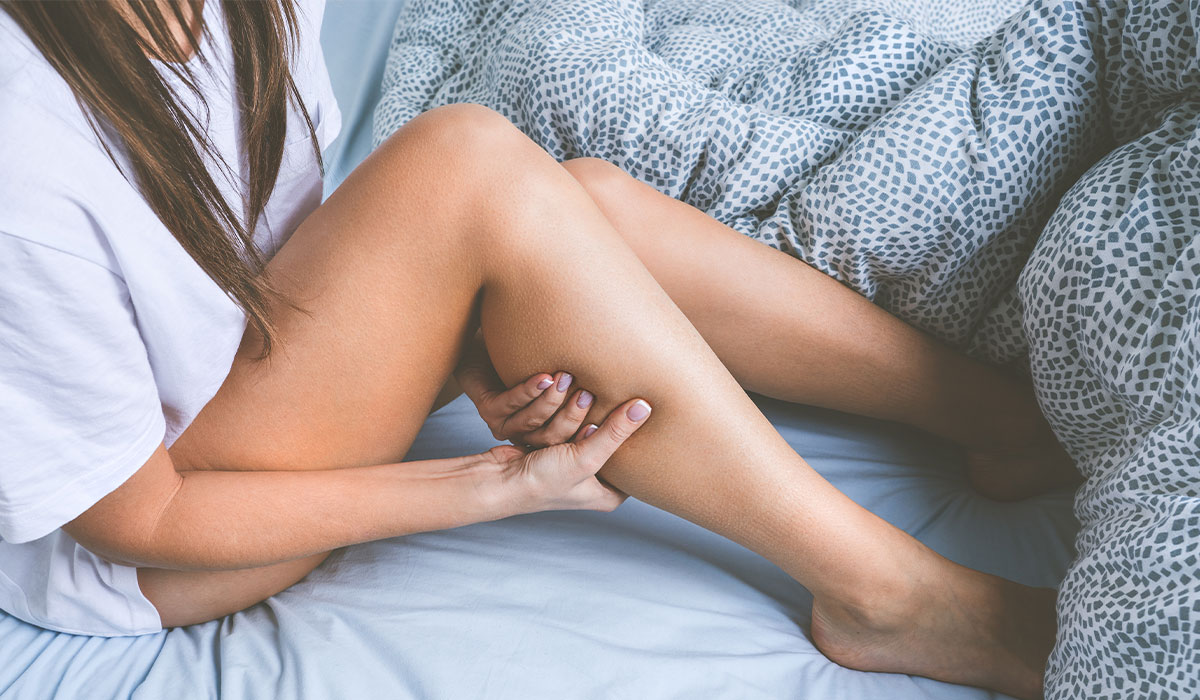
Are you bothered by leg cramps? Find out what causes them. Learn about treatment methods and tips for this condition.… read more »
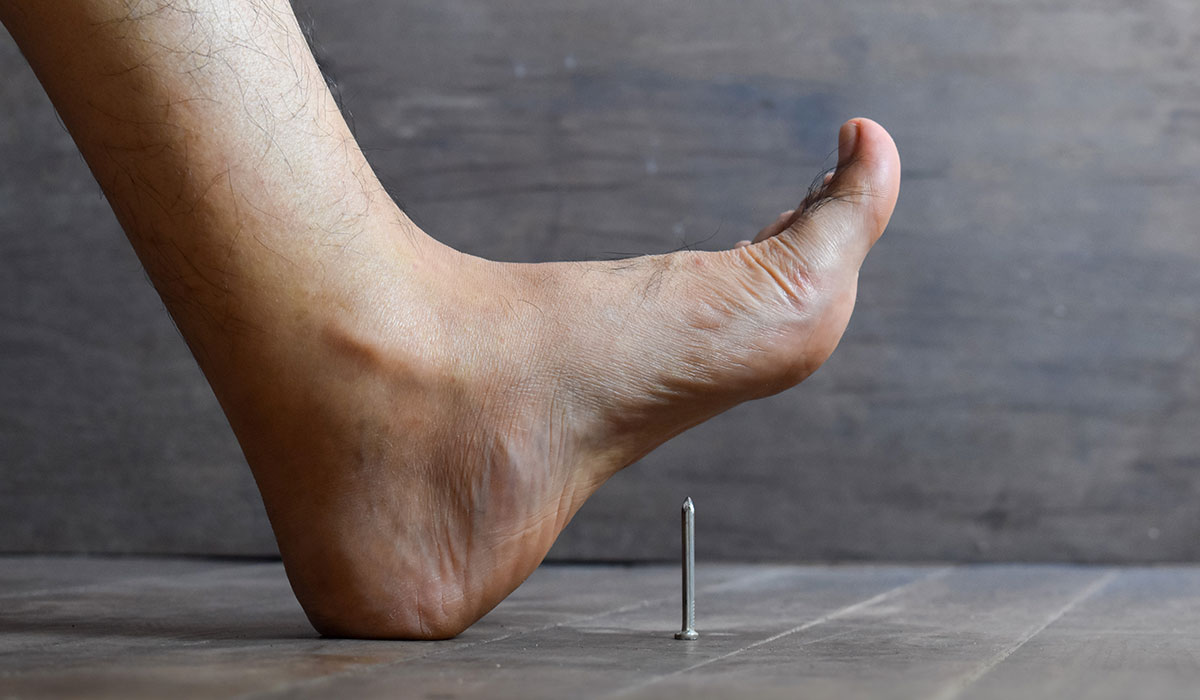
Also known as lockjaw, tetanus is an infectious disease spread by spores of Clostridium tetani bacteria, which can be found everywhere in the… read more »
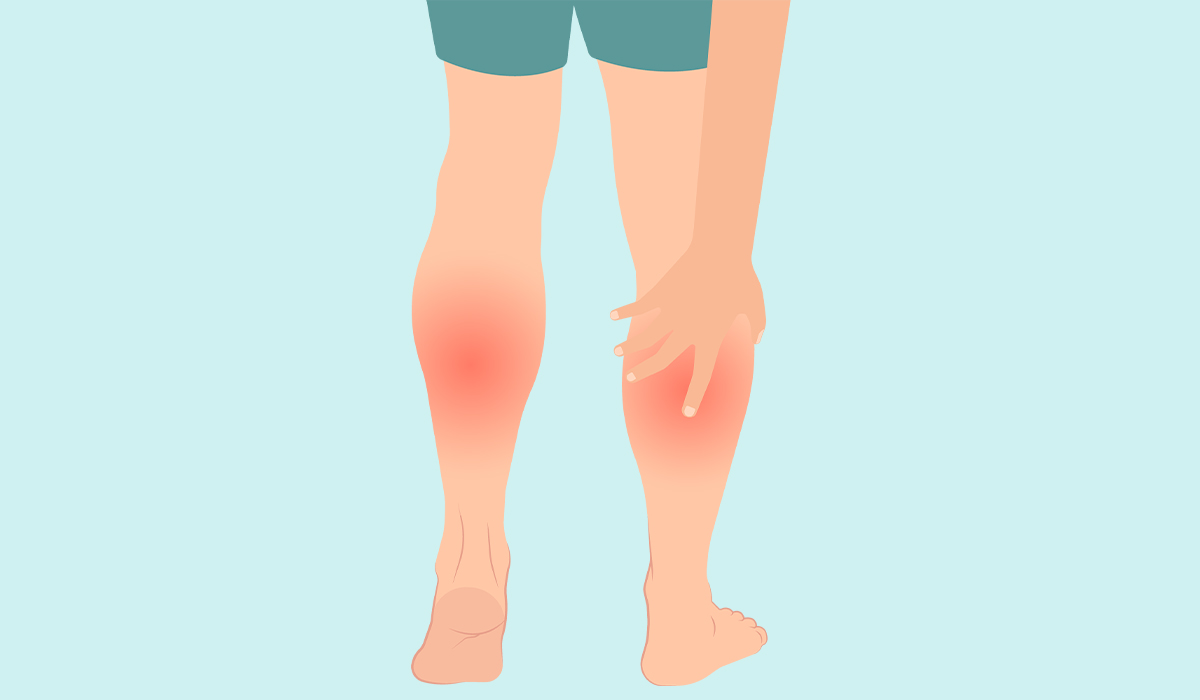
Muscle strain occurs when muscle fibers are overstretched or torn. This can happen due to excessive force, overuse, or sudden… read more »
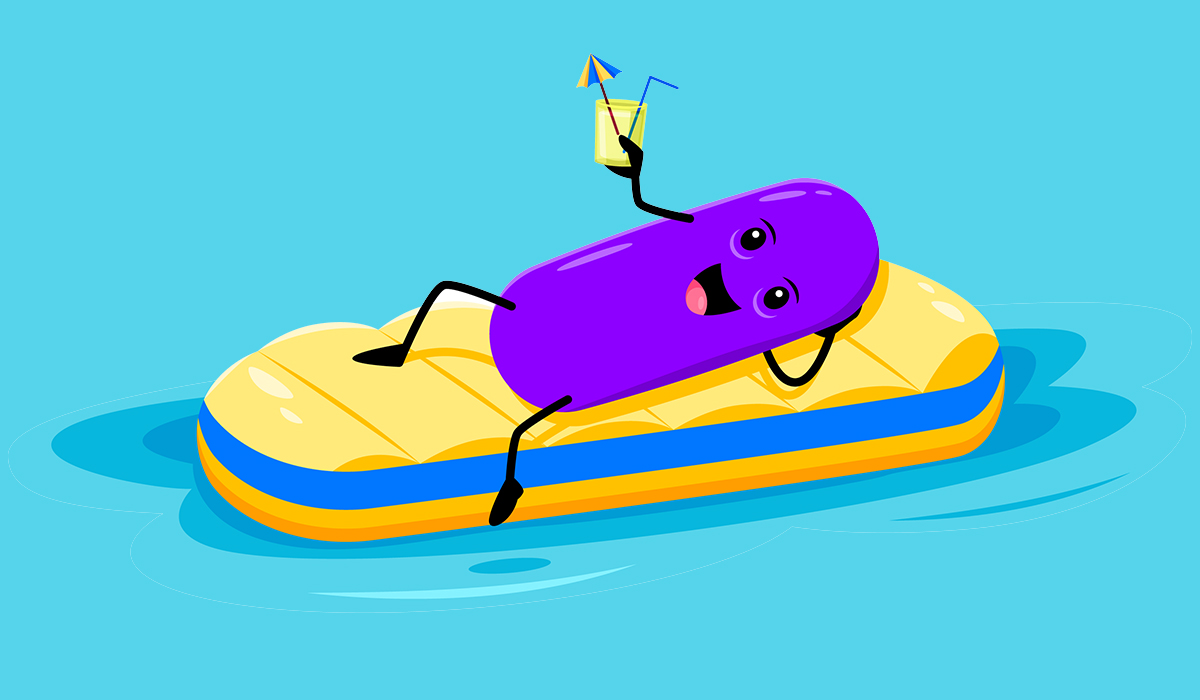
Magnesium glycinate is one of the safer forms of magnesium. Find out what functions the glycinate component has. Learn about… read more »
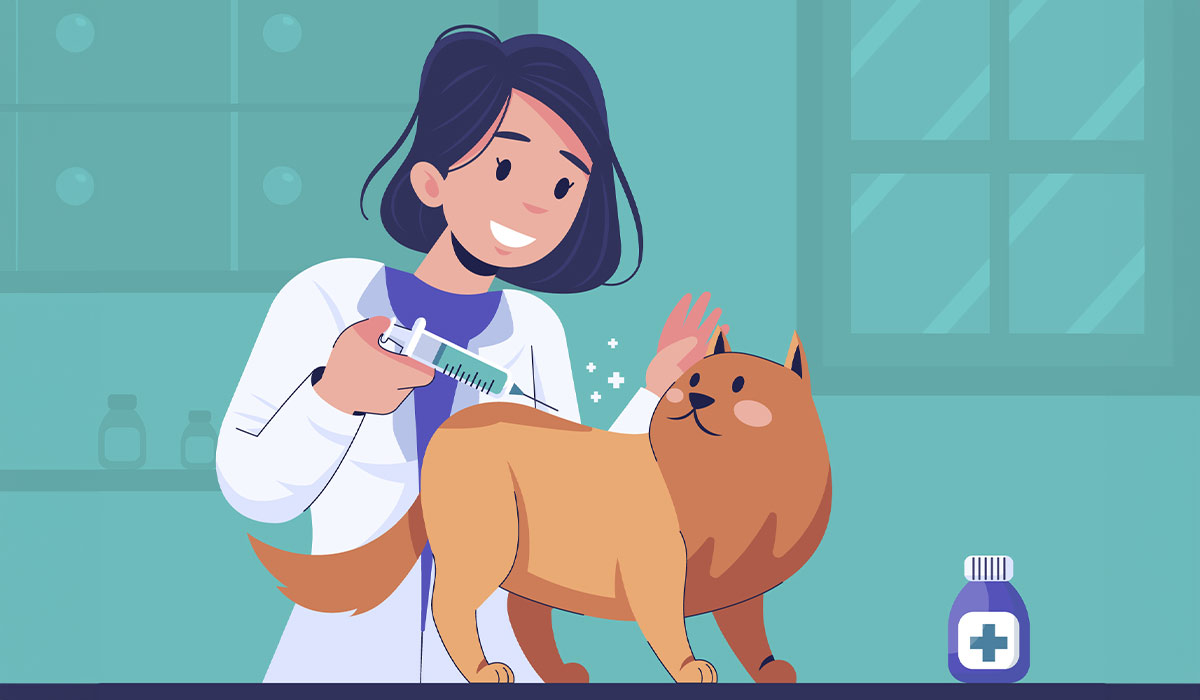
Rabies is a viral disease that, in humans, is usually fatal. Vaccinations can successfully prevent it. What are its symptoms?… read more »
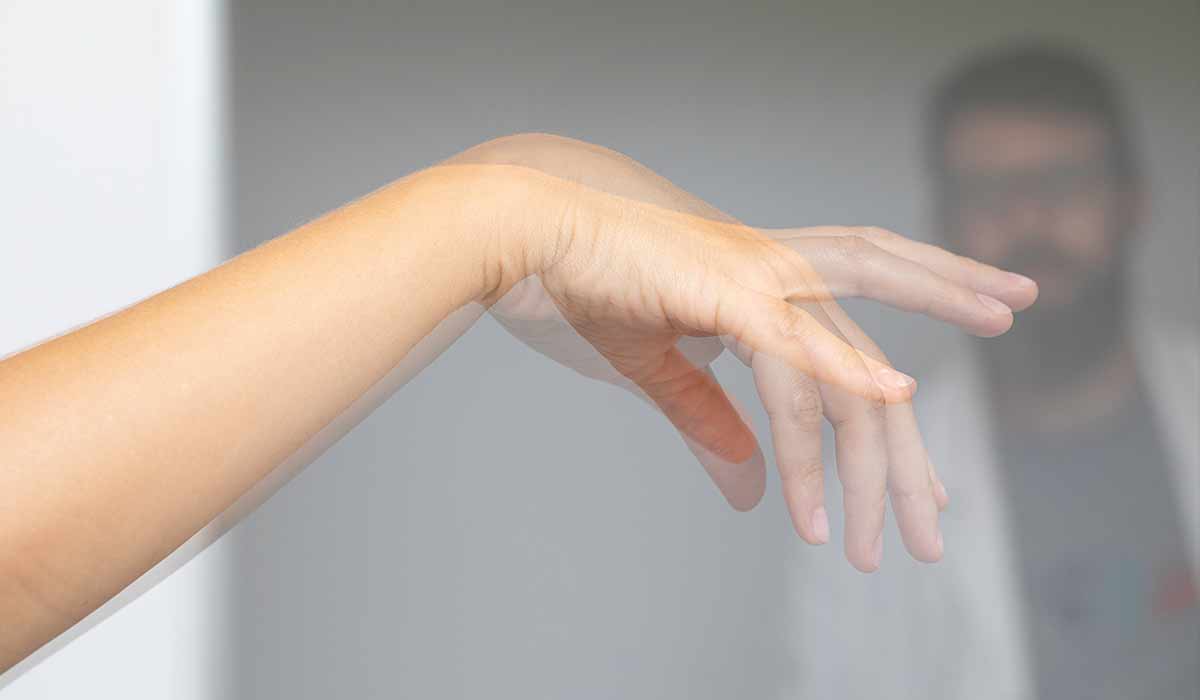
Ataxia is a motor coordination issue when individuals struggle with exact movements, holding the correct posture, or having standard walking… read more »
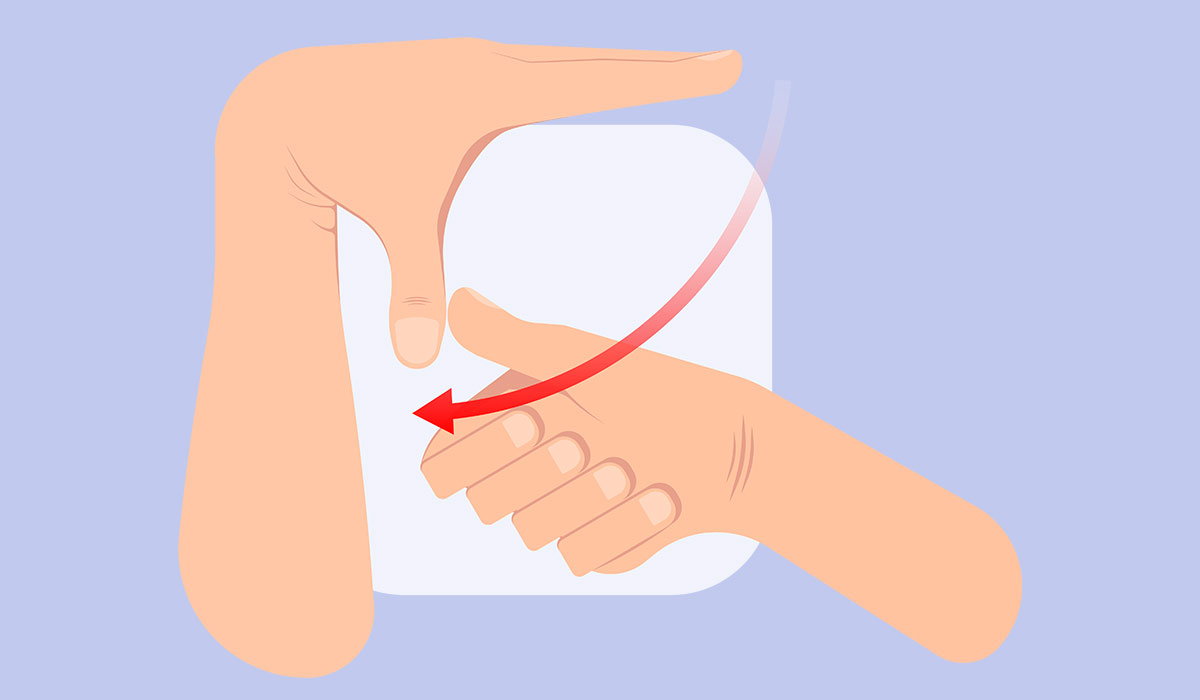
Ehlers-Danlos Syndrome is a group of diseases with a genetic basis. Learn all the symptoms associated with EDS. Find out… read more »
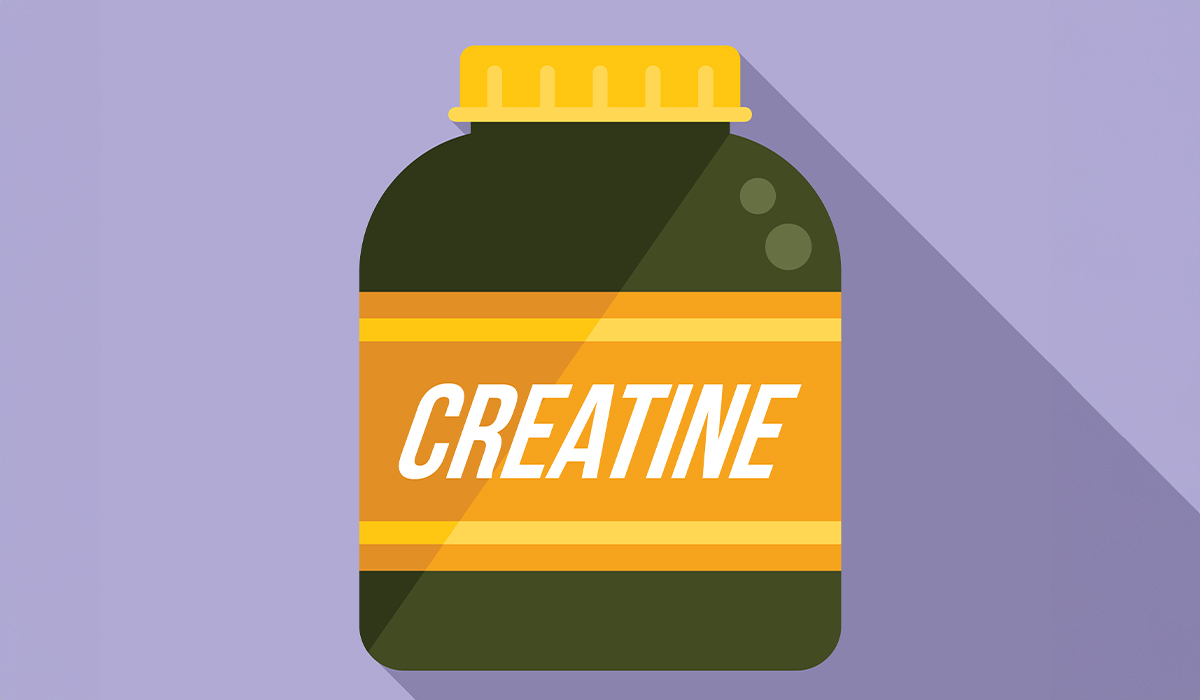
Creatine is a chemical compound that can be supplemented. Supplementation can bring many health benefits, but side effects are also… read more »
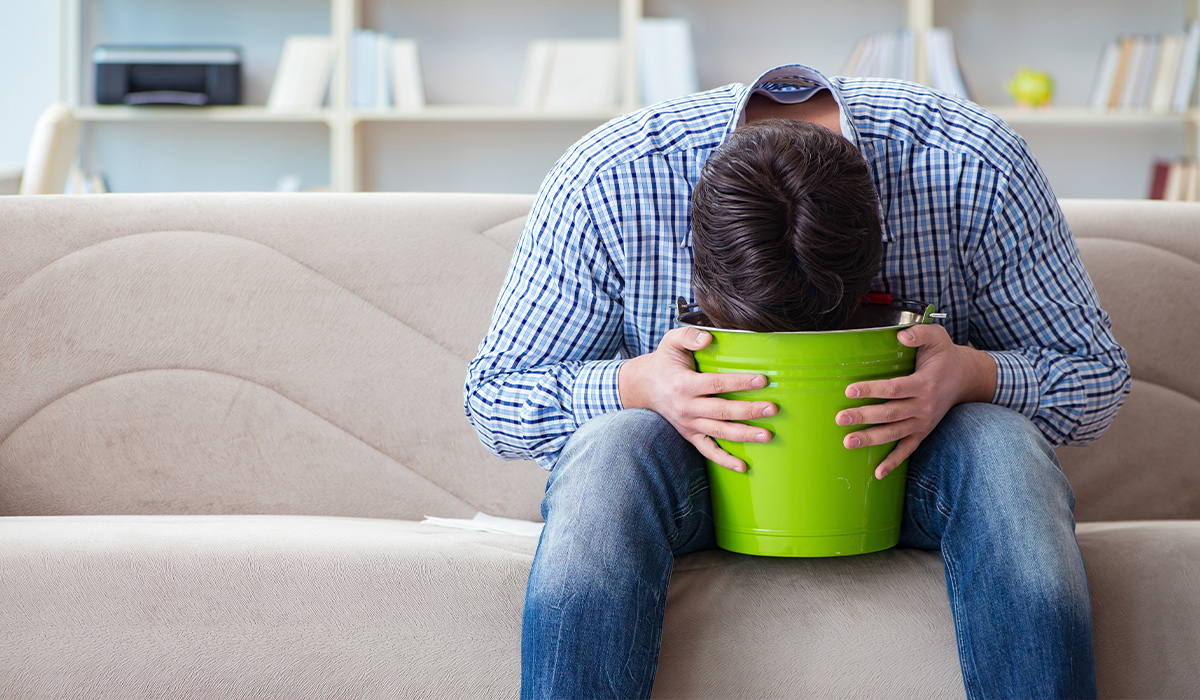
If food is spoiled, undercooked, or contains certain types of bacteria, toxins, or other harmful substances, it may cause food… read more »